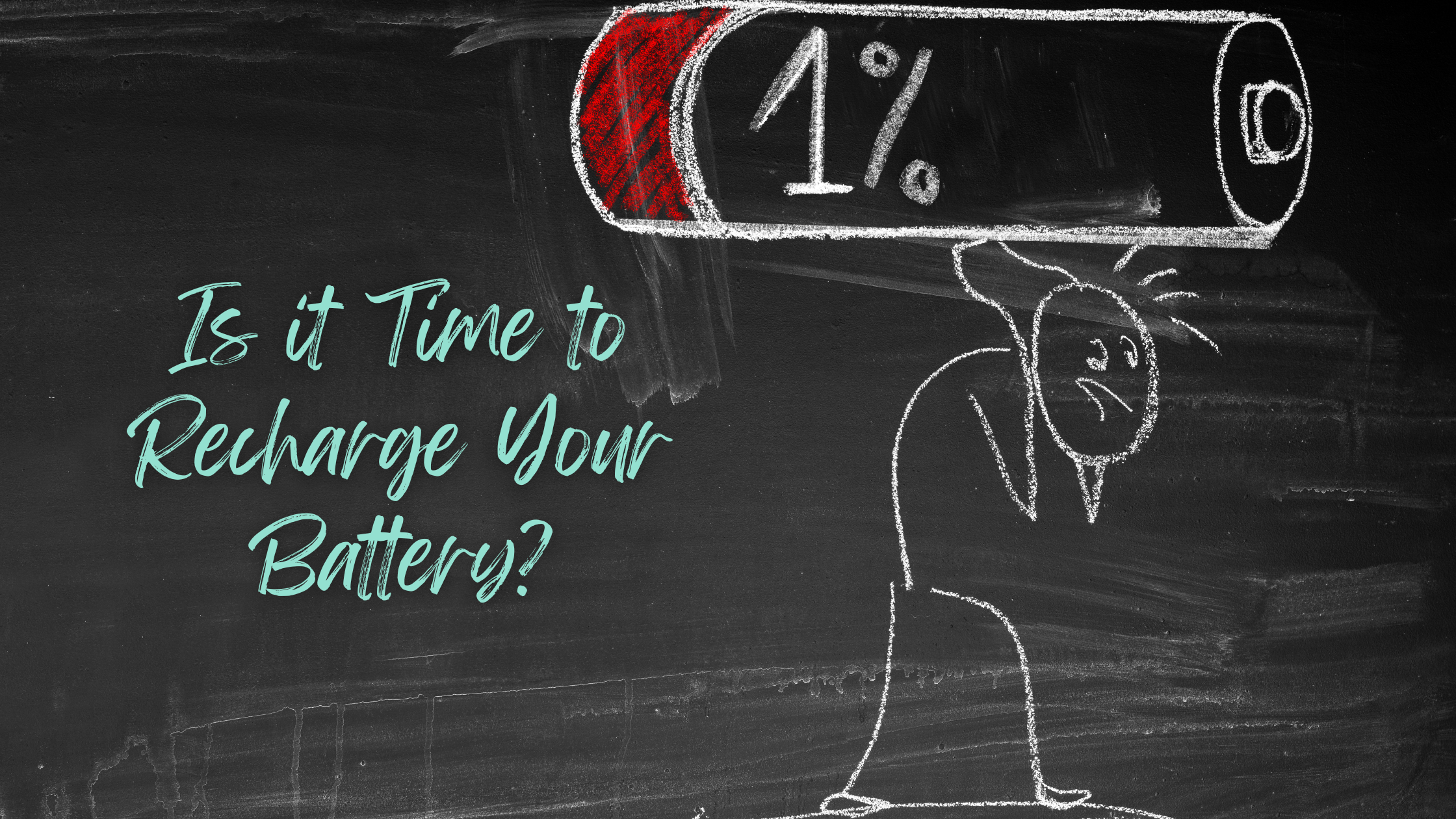The human body is a finely tuned orchestra of interconnected systems, and one of the key conductors in this symphony is the thyroid gland. Nestled in the front of your neck, the thyroid plays a pivotal role in regulating various bodily functions, with its influence extending to the intricate dance of hormones within your body. In this post, we will explore the connection between your thyroid and hormones, and explore a holistic approach to support and nourish this essential gland.
Understanding the Thyroid-Hormone Connection
The thyroid gland, often described as butterfly-shaped, is responsible for producing hormones—primarily thyroxine (T4) and triiodothyronine (T3). These hormones play a crucial role in metabolism, energy regulation, and the overall balance of the endocrine system. Importantly, the thyroid does not act in isolation; its function is intricately linked with various hormones that contribute to the body's equilibrium.
Hypothalamus and Pituitary Gland:
The thyroid gland's activity is controlled by the hypothalamus and pituitary gland, collectively known as the HPT axis.
The hypothalamus releases thyrotropin-releasing hormone (TRH), signaling the pituitary gland to produce thyroid-stimulating hormone (TSH).
TSH then prompts the thyroid gland to release T4 and T3.
Adrenal Glands:
The adrenal glands, situated atop each kidney, produce hormones like cortisol.
Cortisol levels can impact thyroid function, and stress can disrupt the delicate balance of the HPT axis.
Sex Hormones:
Estrogen and progesterone, crucial sex hormones, can influence thyroid hormone levels.
Imbalances in these hormones may affect thyroid function and vice versa.
Holistic Approach to Thyroid Support
Given the intricate web of connections between the thyroid and hormones, a holistic approach to thyroid health is essential. Here are key elements to consider:
Nutrition
ncorporate nutrient-dense foods like sea vegetables, nuts, and seeds rich in iodine and selenium, crucial for thyroid function.
Prioritize a well-balanced diet with ample fruits, vegetables, and whole grains to support overall health.
Stress Management:
Practice stress-reducing techniques such as meditation, deep breathing, or yoga to maintain a healthy cortisol balance.
Regular Exercise:
Engage in regular physical activity to support metabolism and overall well-being.
Adequate Sleep:
Ensure sufficient and quality sleep to support hormone regulation and overall bodily functions.
Environmental Toxins:
Be mindful of exposure to environmental toxins, as certain chemicals can disrupt thyroid function.
In nurturing your thyroid, you are investing in the harmony of your entire body. The interconnected dance of hormones and the thyroid's central role make a holistic approach essential. By adopting a lifestyle that embraces proper nutrition, stress management, exercise, and rest, you can support your thyroid and promote overall well-being. Remember, the key lies in maintaining balance and listening to your body's unique rhythm.









